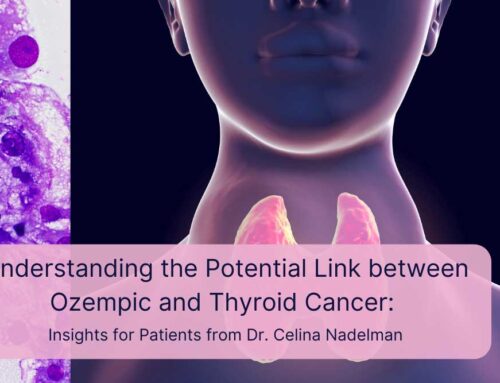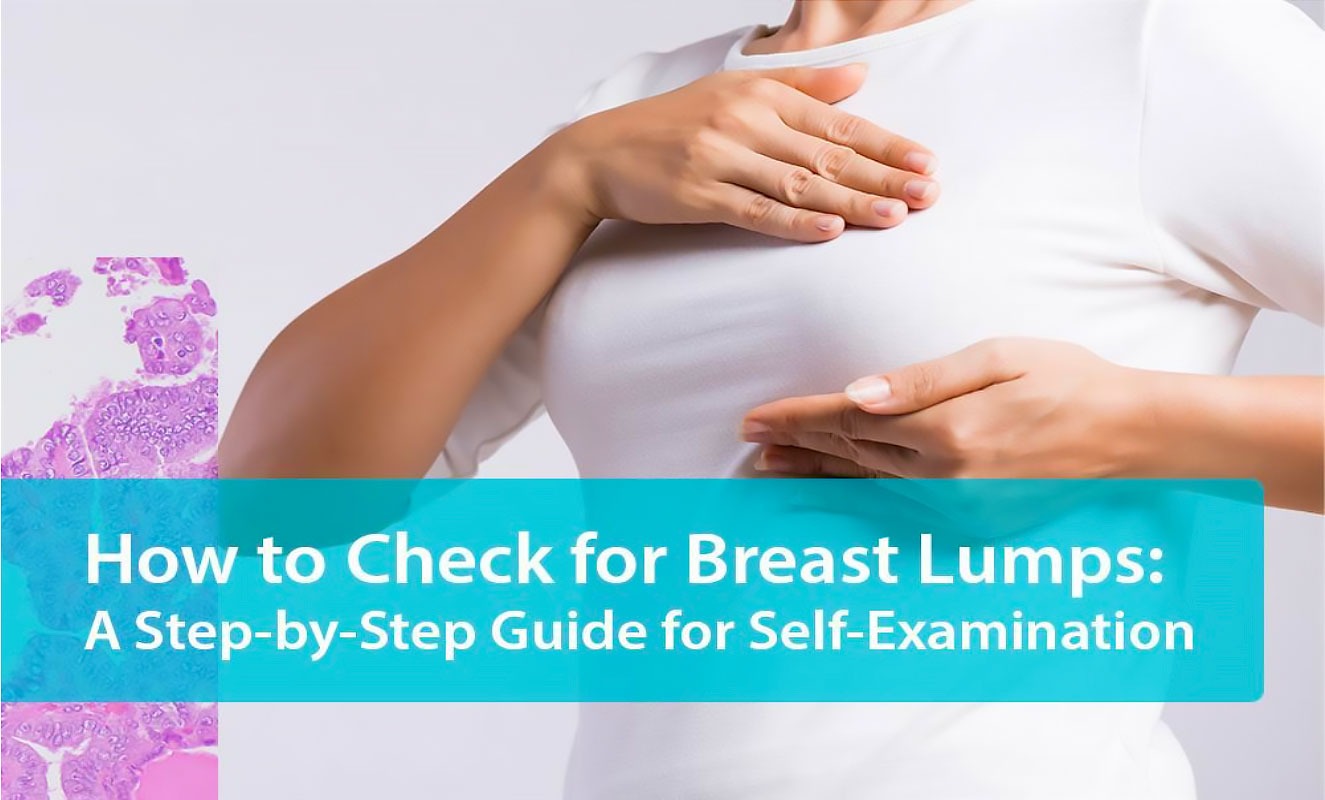
Table of Contents
Breast cancer is a significant health concern worldwide, affecting millions of women and, albeit less commonly, men. Early detection is crucial for successful treatment and outcomes. One of the most accessible methods for early detection is breast self-examination (BSE). While BSE is not a substitute for mammography or professional evaluation, it can be an important tool in familiarising yourself with the normal state of your breasts and recognizing any changes promptly. Here’s a detailed guide on how to perform a breast self-exam, which can empower you to take an active role in your breast health.
Understanding your Breast and Breast Health Awareness
Understanding the anatomy of the breast and the hormonal fluctuations that affect breast tissue is crucial for recognizing and interpreting changes during self-examinations. The breast is a complex structure made up of several types of tissues and cells, each playing a distinct role in its function and health.
Anatomy of the Breast
Breasts comprise three main types of tissue: glandular, fibrous, and fatty tissue. The glandular tissue is responsible for milk production and is organized into lobes and smaller lobules, connected by ducts that lead to the nipple. Surrounding these glands and ducts is the fibrous tissue, including ligaments that provide structural support to the breast. Lastly, fatty tissue fills the spaces between the glandular and fibrous tissues, giving the breast its size and shape.
Embedded within this structure are lymph nodes and vessels that play a vital role in the immune system, helping to filter and drain lymph, a fluid that carries cells and waste products away from tissues. Changes in any of these components can manifest as lumps, thickening, or other alterations in the breast.
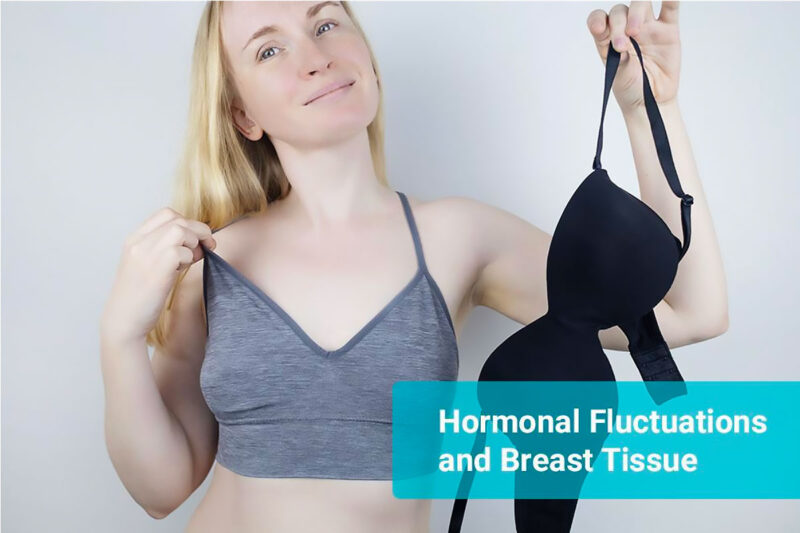
Hormonal Fluctuations and Breast Tissue
A woman’s menstrual cycle significantly influences breast tissue due to the hormonal fluctuations that occur. The cycle can be divided into two main phases: the follicular phase (leading up to ovulation) and the luteal phase (after ovulation). During the follicular phase, estrogen levels rise, stimulating the growth of glandular breast tissue. This can sometimes result in the breasts feeling fuller or slightly tender.
After ovulation, in the luteal phase, the body produces more progesterone, preparing the uterus for a possible pregnancy. Progesterone affects the breast by further enlarging the milk glands, which can increase breast tenderness and swelling. If pregnancy does not occur, estrogen and progesterone levels drop, and the breasts return to their normal state, often with a decrease in size and resolution of any tenderness.
These hormonal changes can lead to the development of benign breast conditions, such as fibrocystic breast changes, where the breasts feel lumpy or ropy. These changes are typically most noticeable and pronounced during the pre-menstrual period and can vary in intensity from month to month.
Understanding the anatomy of the breast and the impact of hormonal fluctuations on breast tissue is essential for any individual performing breast self-examinations. It empowers them to distinguish between normal, cyclical changes and potential abnormalities that may require further medical evaluation. This knowledge can demystify the process of self-examination and reduce anxiety surrounding the detection of breast changes, ultimately fostering a proactive approach to breast health.
Understanding Breast Self-Examination
Breast self-examination involves checking your breasts for lumps or changes. It’s a convenient, no-cost tool that you can use regularly at home. The goal is not only to detect any potential signs of breast cancer early but also to familiarise yourself with the normal look and feel of your breasts so that you can identify any changes more easily.

When to Perform a Breast Self-Exam
The best time to perform a BSE is a few days after your menstrual cycle ends, as this is when your breasts are least likely to be swollen or tender. If you’re not menstruating, choose a day that’s easy to remember, such as the first or last day of the month, and consistently perform your exam on this day each month.
How to Check For Breast Lumps | A Step-by-Step Guide
- Visual Examination
In Front of a Mirror
- Stand undressed from the waist up in front of a large mirror in a well-lit room.
- First, place your hands on your hips and look at your breasts directly and then from each side.
- Look for changes in size, shape, or symmetry.
- Note any skin changes such as dimpling, puckering, or redness.
- Raise your arms above your head and repeat the visual inspection. This position can make some changes more noticeable.
- Lastly, press your palms together to flex your chest muscles. Breasts don’t match exactly, but sudden changes in size or shape on one side can be a warning sign.
- Physical Examination
Lying Down
Lie down on a flat surface, placing a pillow under your right shoulder and your right arm behind your head. Using the pads of the three middle fingers on your left hand, apply various levels of pressure to check the entire breast area and armpit. Use a circular motion and follow a pattern to ensure you cover the whole breast. You can move your fingers in a circular, vertical, or radial path, but be consistent in your method.
Repeat the process on your left breast, using the right hand.
In the Shower
Many women find it easier to perform the physical examination while their skin is wet and slippery. Repeat the same process as lying down, using the same hand movements and pressure, ensuring to check the entire breast area and armpit.
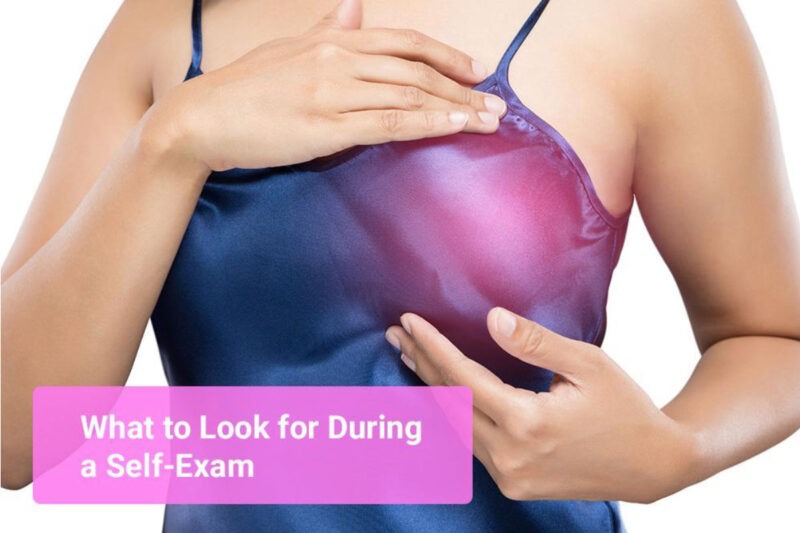
Breast Lump Detection | What to Look for During a Self-Exam
While performing your BSE, you’re checking for:
- Any new lump or hard knot found in the breast or armpit.
- Thickening inside the breast or underarm area.
- Swelling, warmth, redness, or darkening of the breast.
- Change in the size or shape of the breast.
- Dimpling or puckering of the skin.
- An itchy, scaly sore or rash on the nipple.
- Nipple discharge that starts suddenly.
- New pain in one spot that doesn’t go away.
Visual changes and what they could mean
- Dimpling or Puckering of the Skin: The skin on your breast appears puckered, dimpled, or like an orange peel’s texture. These changes can be a sign of breast cancer, causing the skin to retract due to a tumor pulling the skin inward.
- Nipple Retraction or Inversion: A nipple that has changed position, pointing inward (inverted) rather than outward. While some people naturally have inverted nipples, a nipple that becomes inverted suddenly can be a sign of breast cancer.
- Changes in Breast Size or Shape: One breast appears significantly larger or differently shaped than before. While slight asymmetry in breast size is normal, a sudden change in the size or shape of one breast can indicate a tumor’s presence.
- Redness, Swelling, or Increased Warmth: Part of your breast or the entire breast looks red, swollen, or feels unusually warm. These can be symptoms of inflammatory breast cancer, a rare but aggressive form of the disease.
- Nipple Discharge: Any unexplained nipple discharge, particularly if it is bloody, clear, and not milky. Nipple discharge can be benign or related to an infection or other non-cancerous conditions, but it can also be a sign of breast cancer.
- Skin Texture Changes: Noticing a thickening of the breast skin or a texture that feels grainy or lumpy in a new way. Changes in skin texture can be due to cancerous cells causing inflammation or blocking of lymph vessels.
- New Vein Prominence: Veins on the surface of the breast become more prominent or visible than before. While often benign, especially if linked to hormonal changes, a sudden prominence of veins can also indicate a tumor increasing the blood flow to a specific area.
Next Steps After Finding a Breast Lump Or Change
Discovering a lump can trigger a wide range of emotions, from fear to uncertainty. It’s natural to worry about what the lump might signify, but it’s important to remember that not all lumps are cancerous. The psychological impact of waiting for a diagnosis can be significant, so it’s crucial to find healthy ways to cope with these feelings.
Strategies for Managing Anxiety
- Mindfulness and Relaxation Techniques: Practices such as deep breathing, meditation, and yoga can help reduce stress and anxiety.
- Physical Activity: Exercise can be a great way to relieve tension and improve mood.
- Limit Information Overload: Seeking information is natural, but limit exposure to sources that may cause more worry than relief.
Many breast changes are benign. However, it’s crucial to contact your healthcare provider as soon as possible for a professional evaluation.
The Importance of Regular Clinical Exams and Mammography and the importance of Breast cancer early detection.
While BSE is a valuable tool for self-awareness, it’s not a comprehensive screening method on its own. Regular clinical breast exams and mammograms, as recommended by your healthcare provider, are essential components of breast health.
Conclusion
Breast self-examination is a simple yet powerful practice for monitoring your breast health. By regularly performing BSE, you can detect any changes early and seek medical advice promptly. Remember, early detection of breast cancer can save lives. Embrace this practice as part of your monthly routine, and maintain open communication with your healthcare provider about your breast health.
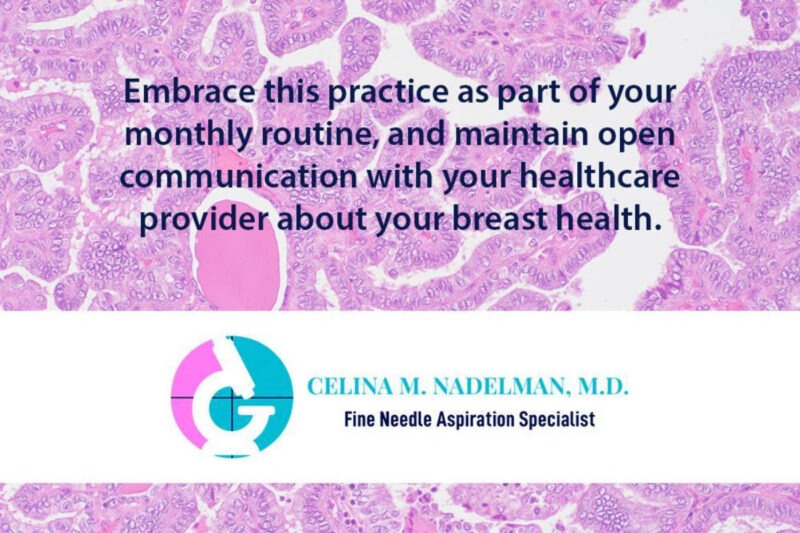
References:
- Daly, C., & Puckett, Y. (2022). New Breast Mass. In StatPearls. StatPearls Publishing.
- Daly C, Puckett Y. New Breast Mass. [Updated 2022 Oct 6]. In: StatPearls [Internet]. Treasure Island (FL): StatPearls Publishing; 2024 Jan-. Available from: https://www.ncbi.nlm.nih.gov/books/NBK560757/
- Meretoja, T., & Leidenius, M. (2015). Nuoren naisen rintakyhmy [Breast lump in a young woman]. Duodecim; laaketieteellinen aikakauskirja, 131(15), 1353–1359.
- Perry MC. Breast Lump. In: Walker HK, Hall WD, Hurst JW, editors. Clinical Methods: The History, Physical, and Laboratory Examinations. 3rd edition. Boston: Butterworths; 1990. Chapter 170. Available from: https://www.ncbi.nlm.nih.gov/books/NBK279/
- Malherbe, F., Nel, D., Molabe, H., Cairncross, L., & Roodt, L. (2022). Palpable breast lumps: An age-based approach to evaluation and diagnosis. South African family practice : official journal of the South African Academy of Family Practice/Primary Care, 64(1), e1–e5. https://doi.org/10.4102/safp.v64i1.5571
- Huang, N., Chen, L., He, J., & Nguyen, Q. D. (2022). The Efficacy of Clinical Breast Exams and Breast Self-Exams in Detecting Malignancy or Positive Ultrasound Findings. Cureus, 14(2), e22464. https://doi.org/10.7759/cureus.22464
- Grady K. E. (1992). The efficacy of breast self-examination. Journal of gerontology, 47 Spec No, 69–74.
- Pippin MM, Boyd R. Breast Self-Examination. [Updated 2023 Aug 17]. In: StatPearls [Internet]. Treasure Island (FL): StatPearls Publishing; 2024 Jan-. Available from: https://www.ncbi.nlm.nih.gov/books/NBK565846/
- Rivard AB, Galarza-Paez L, Peterson DC. Anatomy, Thorax, Breast. [Updated 2023 Jul 17]. In: StatPearls [Internet]. Treasure Island (FL): StatPearls Publishing; 2024 Jan-. Available from: https://www.ncbi.nlm.nih.gov/books/NBK519575/




